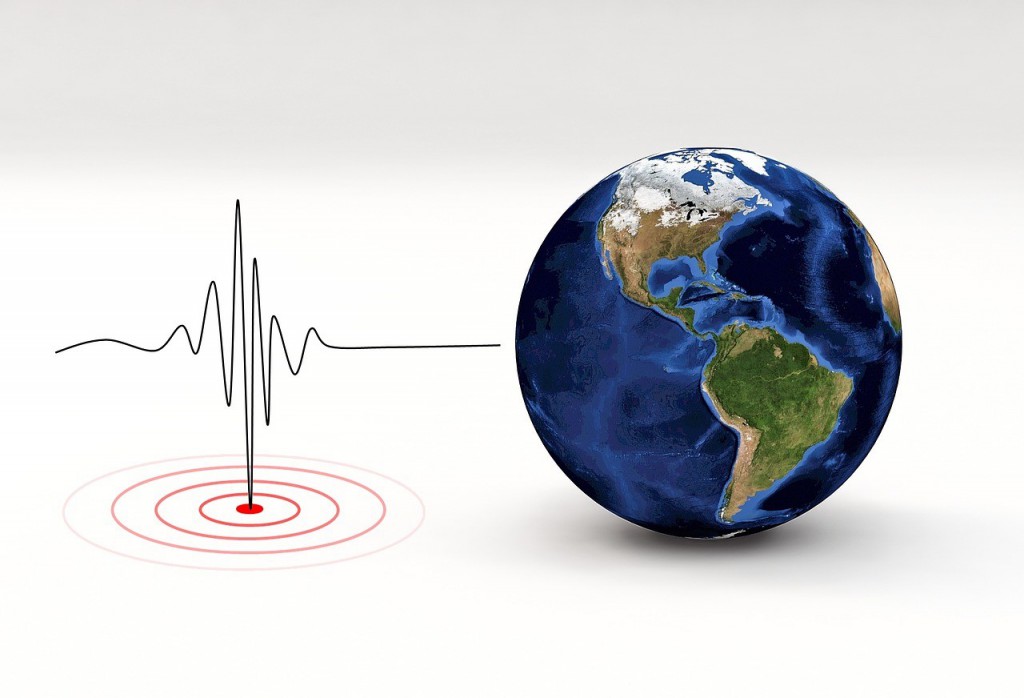SciStarter’s very own Jill Nugent blogs about Raspberry Shake!
Citizen science can be an excellent way to engage learners in the process of science and to address thePractices as outlined in the Next Generation Science Standards (NGSS). In each issue of the National Science Teachers Association (NSTA) Journal, Science Scope, a citizen science project from the SciStarter Project Finder is featured!
 In the November/December 2018 issue of Science Scope, Raspberry Shake is the featured citizen science project. The issue’s theme focused on the science concepts of motion and stability. The Raspberry Shake citizen science project provides students with a real world context to study earth movements. The Earth’s surface is always in motion, and the Raspberry Shake helps to detect ground vibrations and display an associated seismograph on the computer monitor for real-time data exploration. The device can detect and display ground motion impacts from earthquakes, local tremors, fracking activity, quarry explosions, landslides, local movement associated with large concerts and sporting events, and more!
In the November/December 2018 issue of Science Scope, Raspberry Shake is the featured citizen science project. The issue’s theme focused on the science concepts of motion and stability. The Raspberry Shake citizen science project provides students with a real world context to study earth movements. The Earth’s surface is always in motion, and the Raspberry Shake helps to detect ground vibrations and display an associated seismograph on the computer monitor for real-time data exploration. The device can detect and display ground motion impacts from earthquakes, local tremors, fracking activity, quarry explosions, landslides, local movement associated with large concerts and sporting events, and more!
Below is a brief overview of the Raspberry Shake project from the SciStarter Project Finder:
| Goal: | Monitor Earth motion and seismic activity around the globe. |
| Task: | Monitor Earth motion in your area. |
| Where: | Global, anywhere on the planet! |
To learn more about Raspberry Shake, view a demonstration of the instrument.
Classrooms around the world are using the Raspberry Shake to engage students in real world science, while they also study Earth movements at local and global scale. The Seismometers in Schools project in Indonesia and the Oklahoma Geological Survey (OGS) project with Oklahoma middle school students are two examples of Raspberry Shake science in the classroom. The Raspberry Shake project continues to expand. For example, the Raspberry Boom project is an additional opportunity to explore infra-sound activities, including sounds generated from imperceptible animal calls and communications! Happy Exploring! Let us know what you detect and discover!
 Jill Nugent
Jill Nugent
Jill Nugent works in higher education where she teaches and serves as an administrator in online STEM programs. Her undergraduate degree is from Texas A&M University and her master’s degree is in biological sciences where she studied animal behavior and conservation biology. She holds teacher certification in science and life science/biology and is a Ph.D. candidate at Texas Tech University where she is investigating locally engaged, globally connected citizen science. Jill authors a monthly citizen science column in the NSTA Journal, Science Scope and was a contributing author on the NSTA Press book, “Citizen Science: 15 Lessons That Bring Biology to Life”. Outside of teaching, writing, and engaging in citizen science projects, Jill enjoys volunteering with ManeGait, a therapeutic riding equestrian center in North Texas. You can connect with Jill on Twitter @ntxscied.

